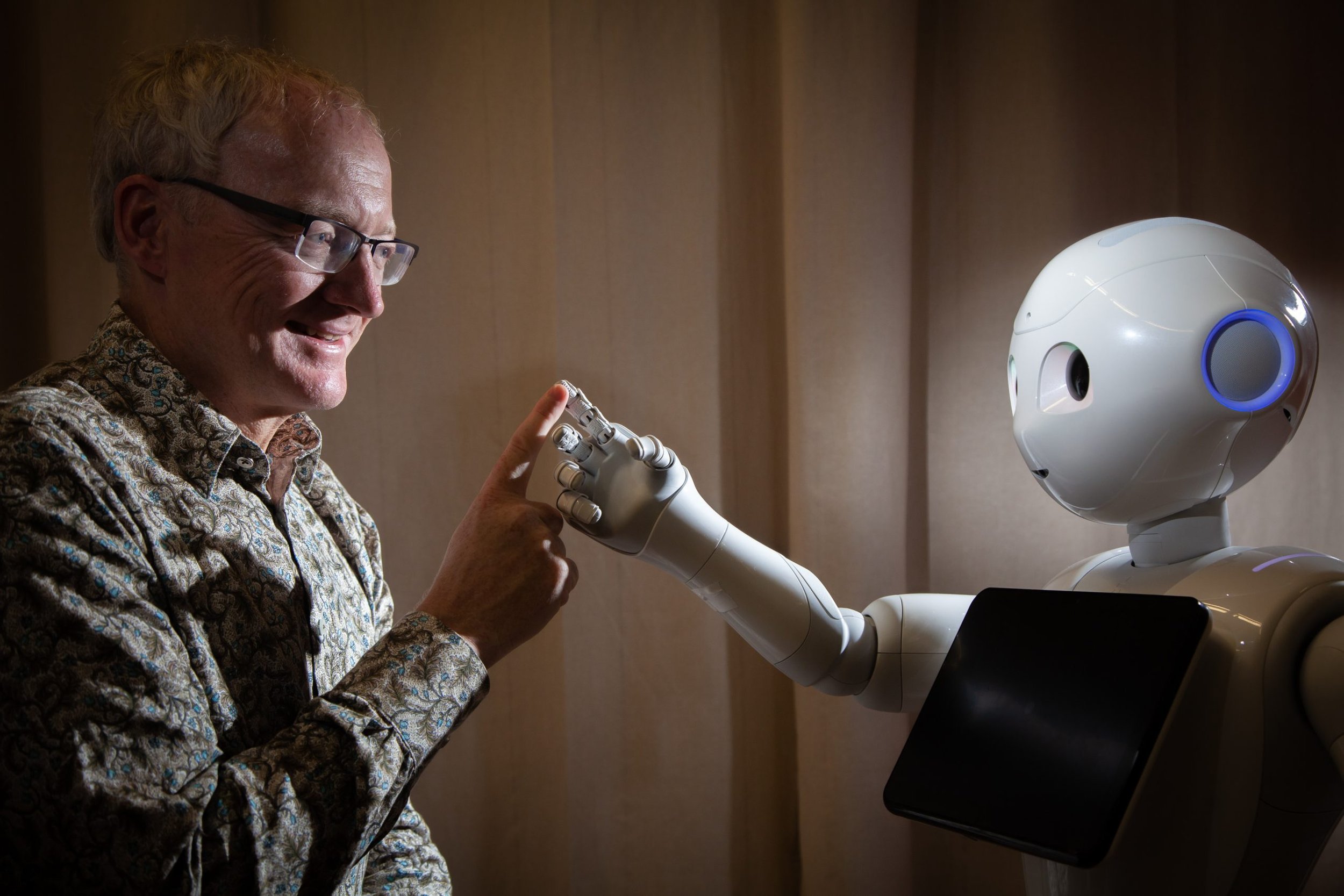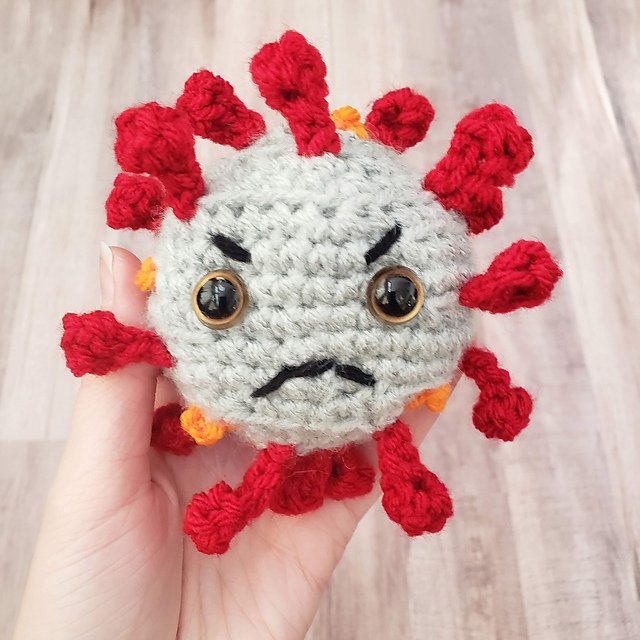
Epoch 8: Posthuman Design— 2020–2040
Beyond Human-Centered Practices
The Posthuman
The next twenty year epoch will be unsettling and awe-inspiring. New tools are emerging which are already raising issues of trust and authorship. A question was presented by me in 2022 to the GTP3 sentence completion engine at Open AI: What is “posthuman” design, and how would you assist designers in the future? The response was as follows: “Posthuman design is a design philosophy that takes into account the fact that humans are not the only users of products and systems — other users include animals, artificial intelligence, and other forms of life. Designers need to consider the needs of all users when designing products and systems, and they need to be aware of the potential consequences of their designs on all users.” The trends of consumerism, climate change, over-population, education, and healthcare will continue to challenge society and designers. Designers must contend with tools that do their jobs in addition to providing powerful insights. How will Design and designers evolve to meet the challenges?
Header image: Facial Recognition (World Economic Forum)
Image above: Spacewalk (Nasa)
Assignments for the Class
Readings & Assignments
The readings for the week include:
ASSIGNED READING: Posthumanism and Design, Forlano, 2017 (She-Ji)
The assignment for the week is as follows:
Methods Toolkit
How will we collaborate with machines to design the future? You will engage with an AI and explore how these technologies will assist designers in the future.
Collaborate with an AI:
Engage with ChatGTP or another LLM platform)
Describe a complex service, process, artifact you would like to design
Ask the LLM how it would go about doing that “as a designer”
Ask the LLM to elaborate on each step and what it needs to learn
Ask the LLM to describe how it would overcome ambiguity
Visualize what you would expect to accomplish (extra points for being amazing)
Redesigning Design: the Posthuman Age
“Yet their meaning is cloudy, because the post-combination essentially implies a void: ‘I can’t find words for what is going on.’ So what is the ‘greatest and most dramatic, rapid, and universal social transformation in human history’?”

Population Trends
Rapid increases in global population are soon to come to an end. By the end of this century, birth rates will significantly decrease and the demographic balance will change. Decreases in mortality will create a world where the retired become a larger burden on advanced economies in the Americas, Asia, and Europe. Increases in health make it possible to remain productive longer in life, while at the same time prolonging life beyond where people can remain independent. Designers have the opportunity to contribute to our appreciation of prolonged engagement with work and society. Is retirement all it’s cracked up to be?
Chart: Population Pyramid (Our World in Data)
Images below: State of the World, Mathieu Lehanneur (Dezeen)
Globalism Revisited
Prior to World War II, globalism was flourishing. As Paul Krugman recently notes: “Many people, I think, imagine that globalization is a fairly recent development. Economic historians know, however, that a surprisingly integrated world economy emerged between about 1870 and 1913, made possible by the advanced technology of the time: steamships, railroads and telegraphs. In the early 20th century, Britons were already dining on Canadian wheat, Argentine beef and New Zealand lamb.” With recent events including regional conflict in Europe, as well as with environmental limitations, globalism could see a decline.
Chart: Value of exported goods as share of GDP (Our World in Data)
Chart below: Population Cartogram (Our World in Data)

STEEPLE Factors
A number of frameworks exist for businesses and organizations to monitor macro-environmental factors. SWOT (Strengths, Weaknesses, Opportunities, and Threats) is one such model. STEEPLE Factors (Social, Technological, Economic, Environmental, Political, Legal, and Ethical) are a useful approach to supporting conversations about the near future. Formally considering the decisions that organizations makes is a critical business function. Consider how designers contribute to these discussions. Consider the language and imagery describing the future.
Diagram right: PESTELE Diagram
Understanding the Unknown
“The Johari window is a technique designed to help people better understand their relationship with themselves and others. It was created by psychologists Joseph Luft (1916–2014) and Harrington Ingham (1916–1995) in 1955, and is used primarily in self-help groups and corporate settings as a heuristic exercise.” Gaining insight through discussion and collaboration is one way to reduce the likelihood of failure.
Diagram from Using the Johari Window to really get to know yourself.
Describing the factors associated with change is a common process in design research and innovation. Framing this change is typically required in order to identify themes important to the futures we envision.
Diagram: Drivers of Change (University of Melbourne)
Thoughts to Consider
Consider the factors that a design process should include?
Image left: Hippo Roller (1991)

Social Design
As Matthew Allen notes, “One reason that disability has not been more thoroughly integrated into design education is that it is not usually formulated as an exciting challenge.” Designers must reconsider what they believe to be exciting. Our many challenges in inclusivity, diversity, privacy, and wellness persist. In moving beyond simply responding to legal issues, it is critical that we bring a design perspective to the challenge by creating new value for all of our stakeholders. A great example of what is possible in going beyond the requirements is The Hogeweyk® Care Concept and DVA Dementia Village®. The project shifts the conversation from designing a care facility for those suffering from dementia to designing an environment for caring for these patients. Asking the simple question of how we would like to be cared for changes our perspective. As designers, we are trained to bring this thinking to the work that remains to be done.
Image: Co-design with older adults (UX Collective)
“Social design highlights design-based practices towards collective and social ends, rather than predominantly commercial or consumer-oriented objectives.
It operates across many fields of application including local and central government, as well as policy areas such as healthcare and international development.”
Social Design operates in a complex environment of challenges, skill sets, and cross-disciplinary collaboration. From: Social Design Futures
Thoughts to Consider
Consider the needs of expertise versus community contribution.
Image left: from Reinventing death for the twenty-first century

Artificial Intelligence
Artificial Intelligence is a tool developed by humans. It could not have emerged on its own as biological systems do. The question is whether such tools will help us or pose a threat to humanity. Image recognition has the ability to bring us together. It also presents the opportunity to enforce a police state. The tools can augment our abilities, or take our jobs. AI with human-level intelligence is likely to exist within our lifetimes. Defining our relationship, and most importantly, defining the nature of humanity will be critical to our ideas of self-identity.
Image left: Toby Walsh (The Brilliant)
LLMs are quickly approaching the capabilities of humans. The question remains whether they will surpass our thinking abilities sooner or later. Some believe that General Artificial Intelligence (GAI) could be achieved before 2030.
Chart left: Test scores of AI systems on various capabilities relative to human performance (Our World in Data)
Source: Situational Awareness: I. From GPT-4 to AGI: Counting the OOMs, Leopold Aschenbrenner, June 2024
IDEO created a set of cards to consider the ethical needs in designing for AI. (IDEO)
Accelerated Science
Collaboration and communication are improving the speed at which scientific discover occurs. With the outbreak of COVID-19, public and private organizations got to work to rapidly develop a vaccine using mRNA. A vaccine was delivered in record time without compromising safety. It was perhaps so fast as to reduce trust. Scientists and engineers working across disciplines are accelerating many areas of research. Research is often dispersed on a global scale so that poor countries can experience the benefits. Scientific discovery is also a way to exert political power as demonstrated by the global delivery of vaccines.
Chart right: Vaccine Innovation Timeline (Nature)
Thoughts to Consider
Consider who benefits from these technologies.
Image left: AI Discrimination Risks (The Guardian)

Health and the Environment
Environmental factors affect health. From pollution to environmental stressors, many factors affect our health and wellbeing. As social animals, we require stable social environments to support our psychological wellbeing. The Coronavirus Disease has increased the stress in our lives in many ways, and has drastically changed social interaction. Coupled with these changes are the environmental cotastrophes of extreme heat and wildfires. As we design for the future, environmental impacts will continue to affect the outcomes of our efforts in unexpected ways.
Image right: Knitted COVID 19 (Medium)
Diagram: Environment-Centric Design (UX Design)
Sustainable Design
Sustainable Design considers the environment in developing physical objects and service systems. A considered approach to using minimal and sustainable materials is the common approach to designing for the product lifecycle. Recycling is of course a valid response, but designing for reuse is critical. Designing our lives around concepts of non-consumption may also be necessary.
Image: CupClub (DesignMuseum)
“Most of the meat people eat in 2040 will not come from slaughtered animals, according to a report that predicts 60% will be either grown in vats or replaced by plant-based products that look and taste like meat.” Including more plants and insects in our diets will be necessary.
Image: Man Eating Bugs, Menzel
Posthumanist Starter Questions
Who or what—human/nonhuman, human/animal, individual/organizational/network—are the user(s), and for whom or what should the design be desirable?
How, and in what ways—competitively/collaboratively, hierarchically/horizontally—are capabilities, agency, and power distributed across human, machines, and natural systems?
What new knowledge(s), questions, stakeholders, and partnerships are needed in order to adequately design for this problem?
How are ethics, values, and responsibilities reflected and embedded throughout the design process?
Source: L. Forlano
Thoughts to Consider
Consider who your stakeholders are as a designer.
Image left: Black Swallowtail Butterfly (Raritan Headwaters)
image below: Urban Bees (Jstor)
























